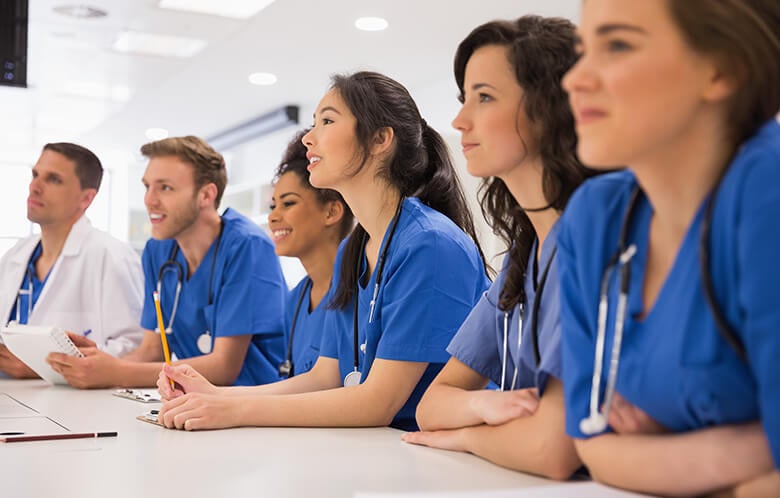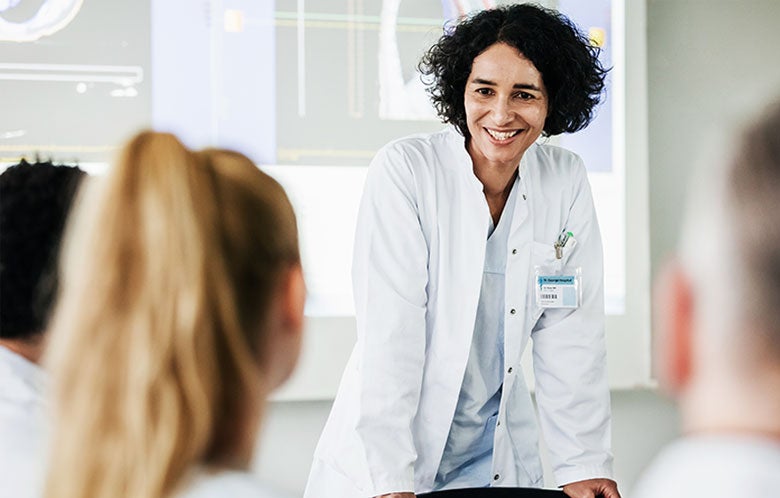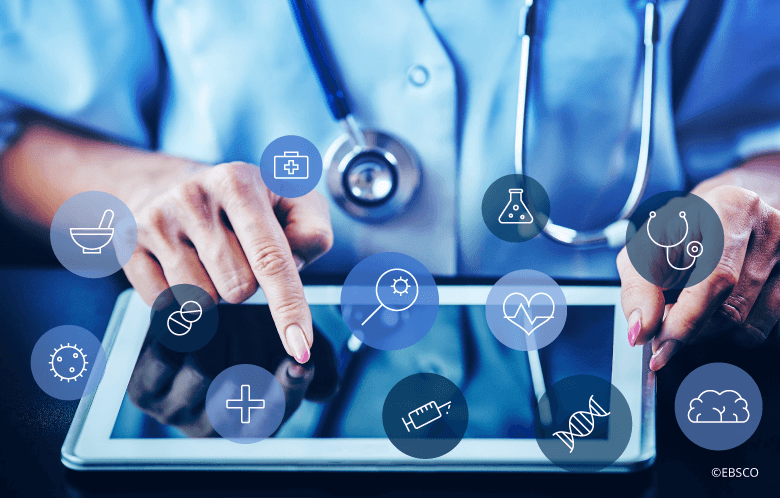“The Match,” AKA the perennial event that directs medical students to their future residency programs like a healthcare Harry Potter sorting hat, sits at the dawn of spring. Match Day heralds growth and renewal for residency training programs and offers a moment to reflect on past successes and challenges. This year, the Match is particularly thought-provoking as it represents the first class in three years that will not begin their training in a declared public health emergency. While the May 11th end date to this emergency period may seem arbitrary and perhaps a tad optimistic with COVID still strutting its spikey-headed mayhem, it does prompt reflection on what has changed and how the training of the next and future classes will be different.
First and most obviously, many incoming trainees will have upper-level residents whose entire clinical training occurred during the pandemic. As a clinical educator for almost 20 years, I have noticed a drastic change in the way we interact with our patients since the pandemic began. Handshakes are a rarity. Physical exams have become abbreviated, and time spent building rapport has been replaced with workflows that minimize face-to-face contact (and, in some cases, eliminates it altogether). There is a greater reliance on the electronic health record for information that was previously elicited through conversation. On the positive side, electronic records have furthered data-driven patient care and efficiency. However, I fear the depersonalization of medicine and lack of “laying hands” that has dominated the pandemic era will require years of retraining, as upper-level graduates haven’t been adequately taught pre-pandemic skills to share with their new colleagues. Those of us with “muscle-memory” will need to reintroduce these skills, and that’s a tall order given the relatively small number of attending preceptors compared to residents and other health profession graduates. Fortunately, the more intuitive nature of this current generation and their propensity to openly connect with others may make this task an easier one.
However, I fear the depersonalization of medicine and lack of “laying hands” that has dominated the pandemic era will require years of retraining, as upper-level graduates haven’t been adequately taught pre-pandemic skills to share with their new colleagues.
However, I fear the depersonalization of medicine and lack of “laying hands” that has dominated the pandemic era will require years of retraining, as upper-level graduates haven’t been adequately taught pre-pandemic skills to share with their new colleagues.
Another difference is the growth of diversity, equity, and inclusion (DEI) initiatives within medicine. The pandemic broke the dam, bringing issues of implicit bias and institutional racism into crystal clear focus. Movements such as Black Lives Matter have begun to affect real change, and I have tangibly felt a surge of movement in my own institution since these events. Trainees will benefit from newly appointed directors and deans of DEI, as well as programs in this arena designed to increase awareness and affect meaningful change. Efforts in DEI recruitment will change the literal “face” of medicine to look more like the population it treats. Research will be more inspired and inclusive to benefit the rich diversity of the population it endeavors to investigate. This incoming class, more than any other thus far, will train within an infrastructure of intentional DEI education and support.
Interprofessional education is another concept that found firm ground during the pandemic. Prior to the COVID era, it hadn’t been so obvious how critical interprofessional health profession relationships are. The function—or dysfunction—of a care team can have life and death consequences. With limited resources and the explosion of patient needs magnified by the pandemic, knowing which health professional on your team is best positioned to help a given patient is critical. Moreover, key stake holders now understand that learning “from, with, and about” each other needs greater emphasis. Interprofessional education curricula dedicated to improving interprofessional collaboration are being integrated across health professions to break down barriers, strengthen bonds, and build bridges to improve care teams. Our next generation of professionals will undoubtedly benefit from these innovations through more effective team culture, strategy, and structure.
As Match Day brings the palpable excitement of new colleagues, trainees, and friends, I ponder what great innovations they will bring to the table and how I can contribute to their education in the rapidly changing world of health profession education. As with any form of modernization, there are astounding advances and reshaping of the landscape as the past disappears. As learners, educators, and members of the health professions community, I challenge us to develop ways to support and maintain the positive changes and mitigate the damage of the last three years as we welcome the post-pandemic generation of health professionals into the fold.



